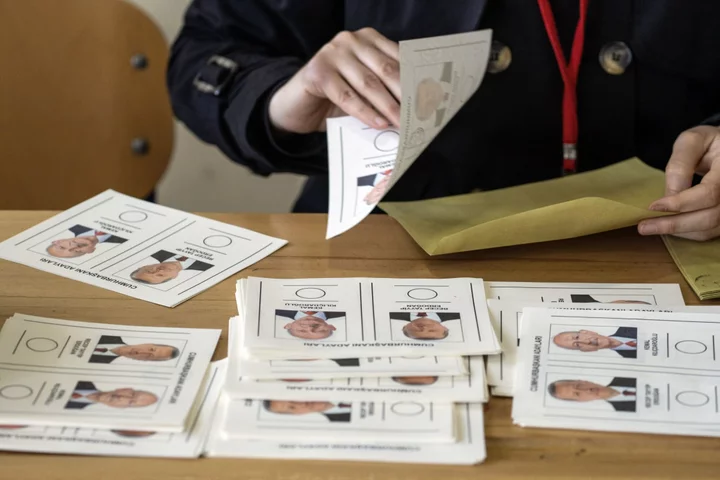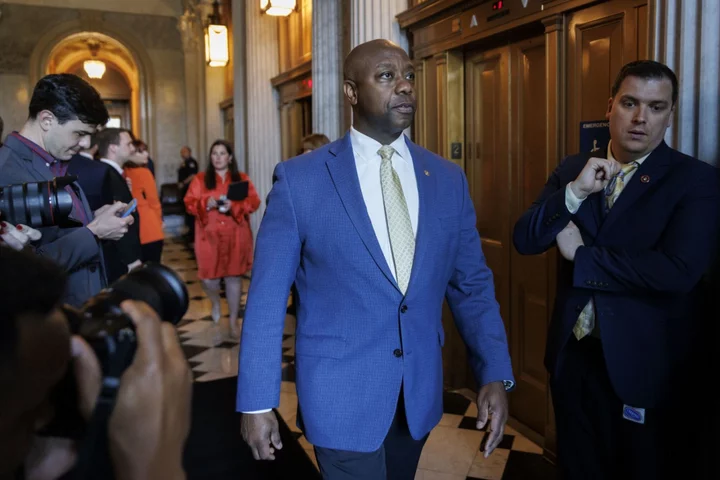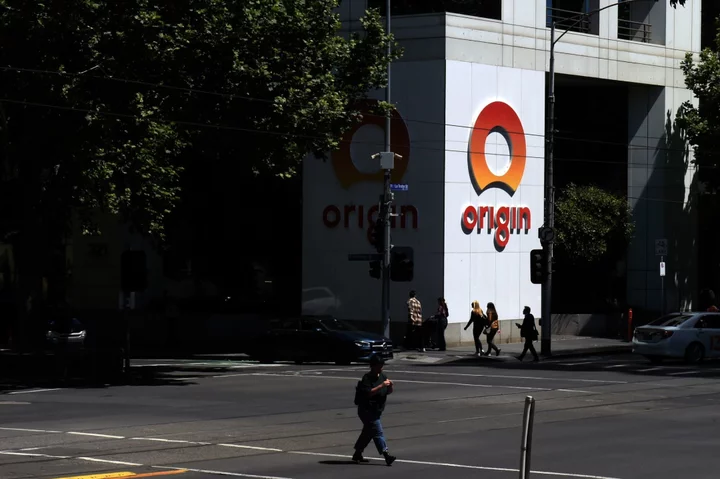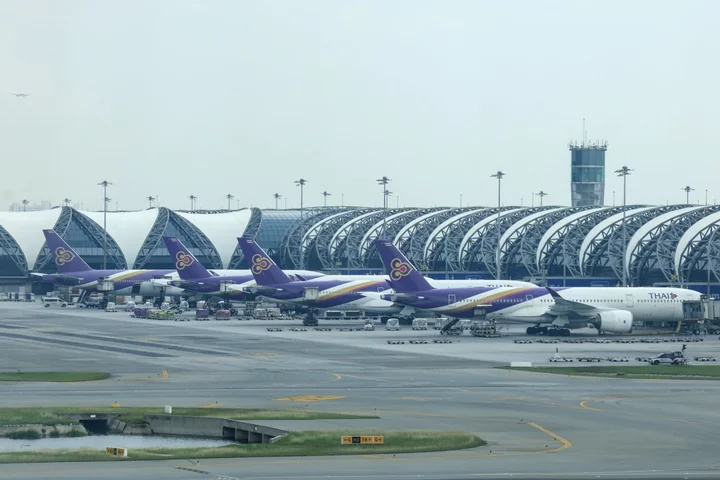Pakistan’s government presented a carefully-knitted together budget for the next financial year as it looks to balance boosting stuttering economic growth with the tough conditions imposed by the International Monetary Fund to revive a bailout program.
Finance Minister Ishaq Dar in his speech in the lower house of parliament Friday laid out a growth target of 3.5% for the fiscal year that starts July 1. The IMF predicted the same forecast for Pakistan in April. It’s an ambitious goal after currency depreciation, unprecedented summer floods and import curbs are estimated to slash GDP growth to 0.3% in the current year through June.
Prime Minister Shehbaz Sharif’s coalition government will seek to trim the fiscal deficit to 6.5% in next financial year from 7% estimated for the current year, said Dar. The country is seeking to secure the resumption of the IMF’s $6.7 billion program and raise revenue collection to fund its 1.15 trillion rupees public sector development program in the new fiscal year. Raising taxes will test his administration’s already frayed popularity ahead of a national election due no later than October this year.
“This is going to be a challenging budget,” said Sana Tawfik, a Karachi-based economist at Arif Habib Ltd. The government will “find a middle ground that will definitely be tilted toward the IMF.”
The government has shared its budget documents with the Washington-based lender to demonstrate its commitment to sticking to the program goals as the country struggles to address the worst economic crisis of its history. Pakistan needs the IMF loan and has done the work needed to secure it, Dar said in a press conference on Thursday.
Its currency has shed almost 30% against the dollar over the last year, its foreign exchange reserves now cover only about one month of imports and there’s at least a $2 billion gap in external funding out of a $6 billion target set out by the IMF.
The IMF’s program will resume once there is “proper market functioning” of the Pakistani rupee, the government follows the program goals in the budget and adequate financing, Esther Perez Ruiz, the IMF’s resident representative for Pakistan, had said in an email Monday.
On Thursday, hundreds of government employees protested near the Constitution Avenue in the capital Islamabad, where key government buildings including the parliament, Supreme Court and the Prime Minister’s office are located, demanding pay raises.
“Even a temporary increase in salaries is acceptable,” said Ghulam Murtaza, who heads a government high school in Khyber-Pakhtunkhwa province. “Running our kitchen is impossible with the current high prices.”
The economic hardships are complicated by a political crisis as former premier Imran Khan continues to clash with the country’s powerful military and the government. Sharif’s term in office ends in August and fresh polls must be called within 60 days of that.
With an eye to elections the government is making some populist moves as well. It will give subsidized fertilizer to farmers for agricultural growth, according to a statement by the Prime Minister’s Office earlier this month. It also aims to provide some relief to industries and incentives to the technology sector, Dar said.
“The IMF or anybody else can’t object against a decision, if we take it with prudence and within our resources,” Planning Minister Ahsan Iqbal said Tuesday.
Typically, a budget in an election year would be front-loaded with popular measures but the government will be “careful not to create any big mess with IMF,” said Abid Qaiyum Suleri, executive director at Sustainable Development Policy Institute, an Islamabad-based think tank.
More highlights from the budget:
- Primary surplus target 0.4% for next year vs 0.5% deficit estimate
- Current account deficit estimated at $6 billion for next year
- Total expenditure estimated at 14.5 trillion rupees with about half allocated to debt servicing
--With assistance from Abhay Singh.
(Adds key details in bullets after final paragraph)









